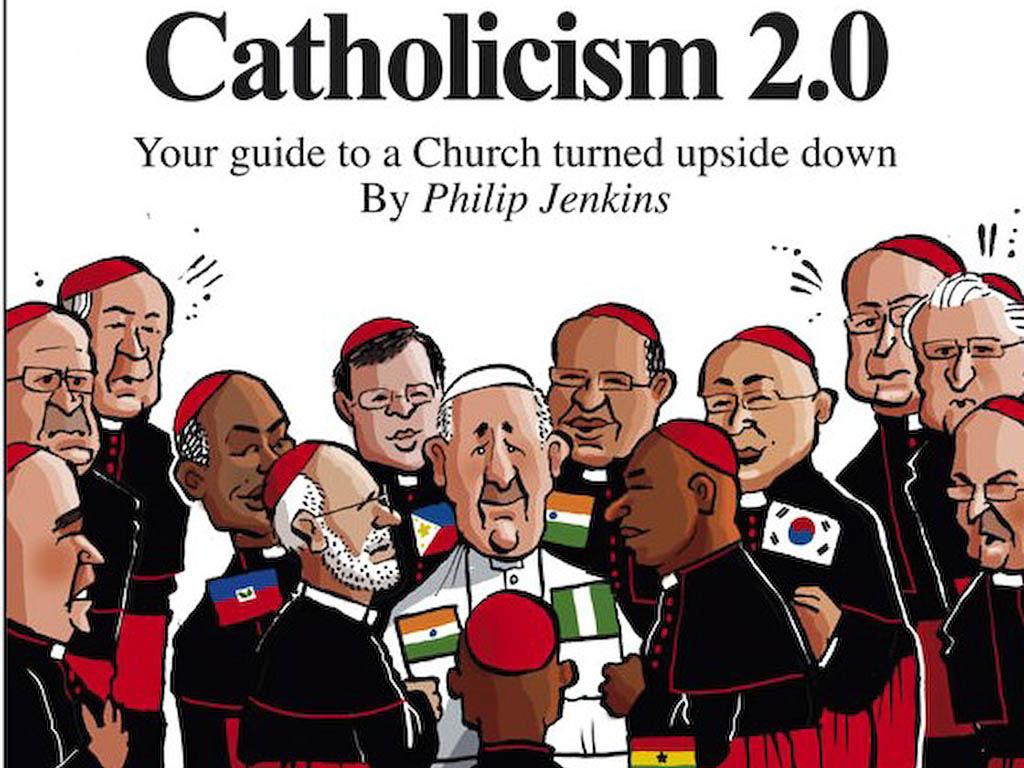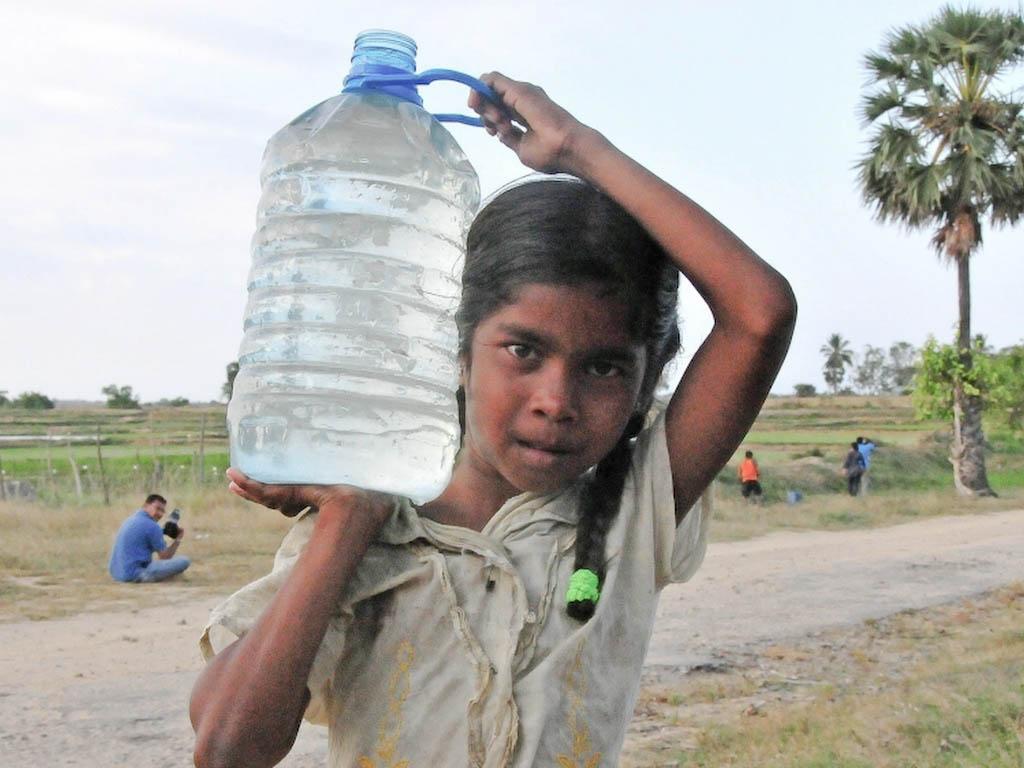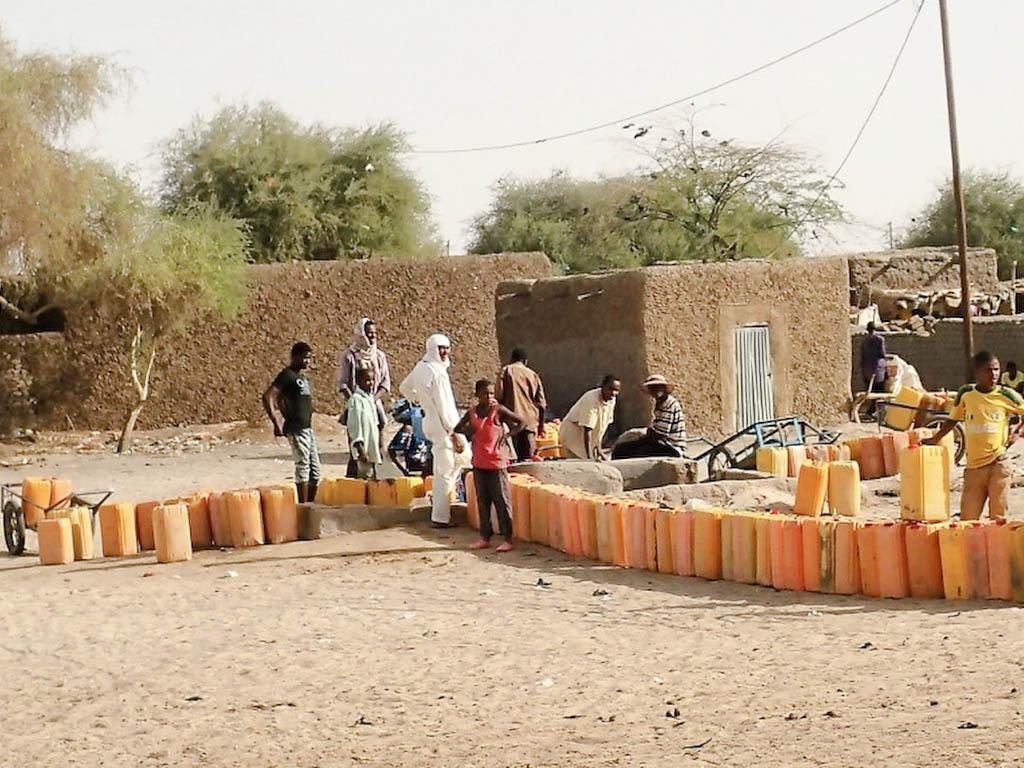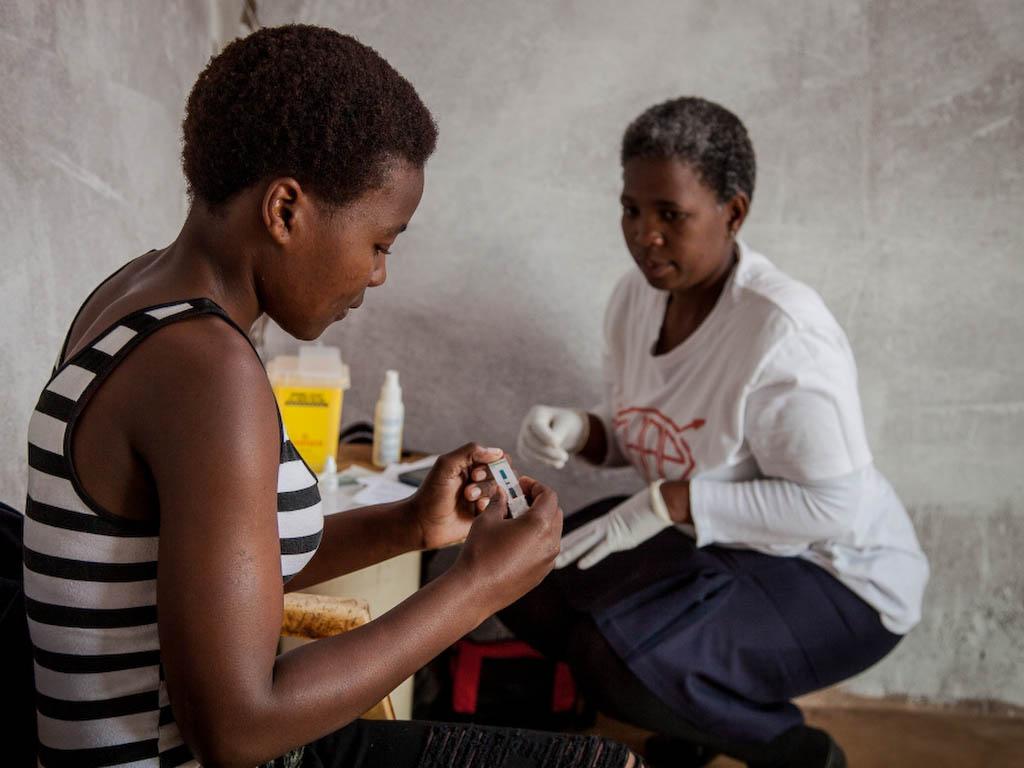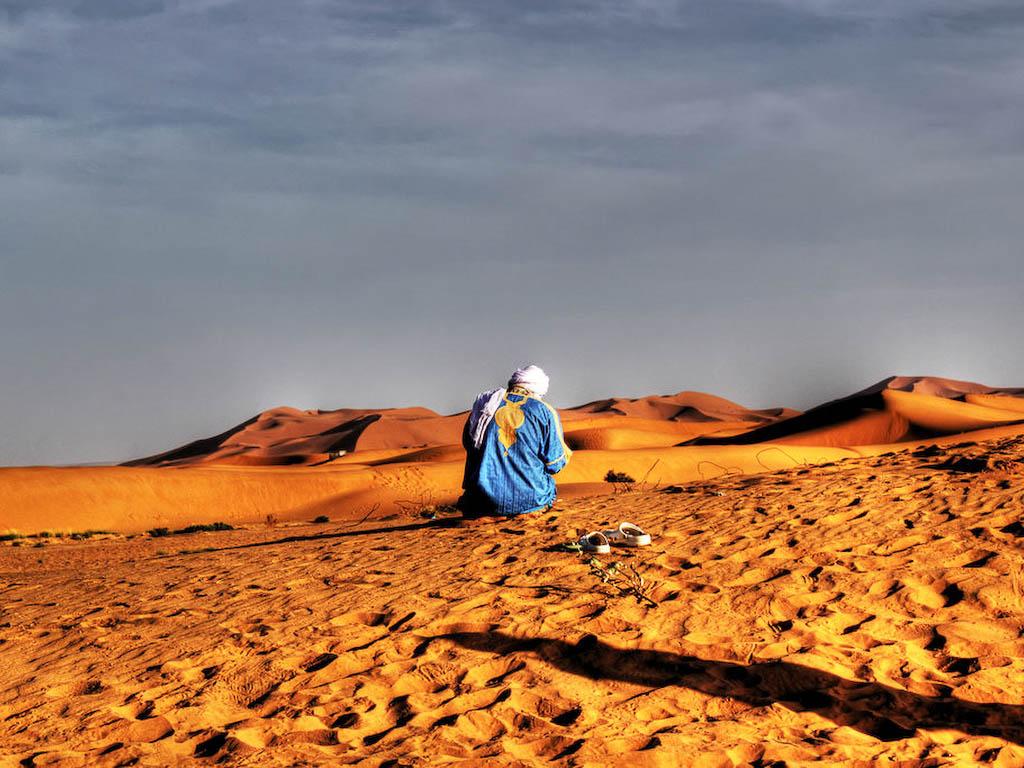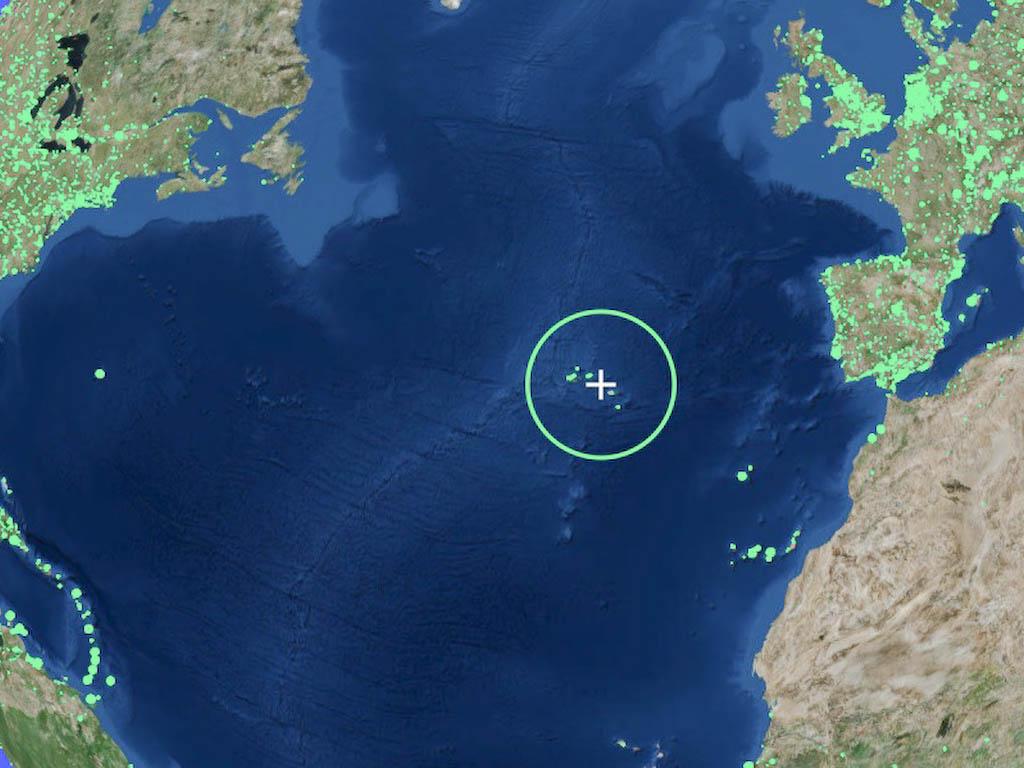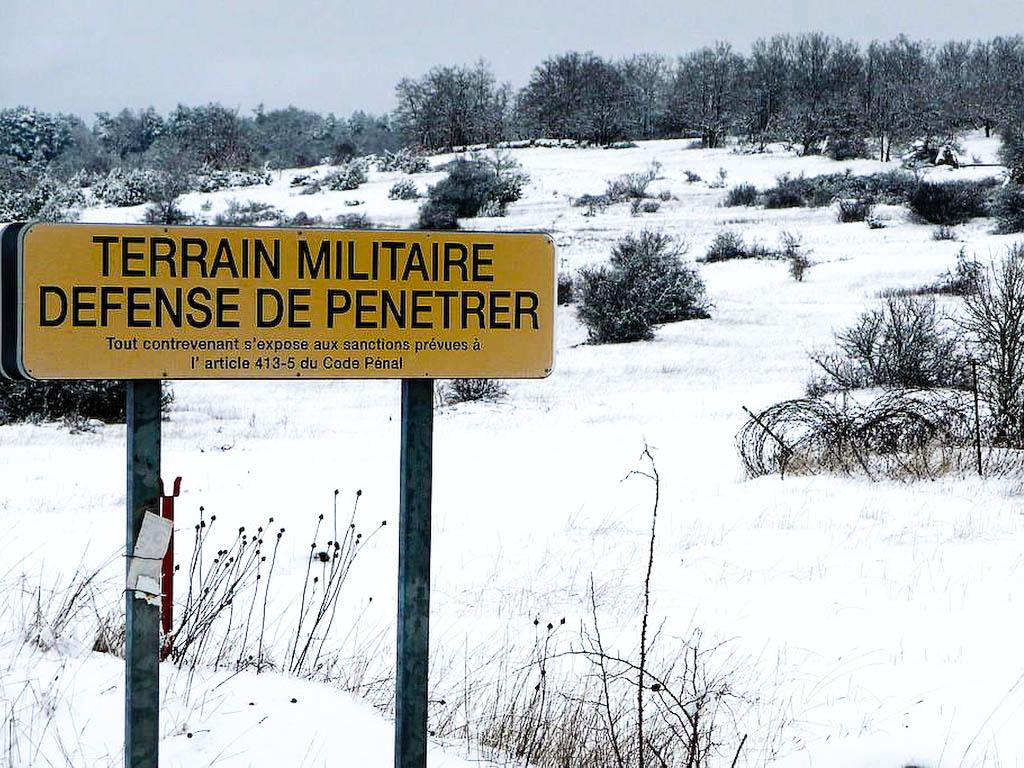Jpic News From John Paul Blog ? Vol. 5 - N 12
|
THE NEWS OF THE MONTH >>
A new birth of the Catholic Church?This article first appeared in the November 3rd, 2017 issue of the Catholic Herald with this title: The Catholic world is about to be turned upside down. You are invited to go there, here we read it with the Christmas spirit full of hope. Just think: in just over 30 years time, one in four of the world’s Catholics are expected to live in Africa. By 2050, the leading Catholic nations will be in Africa, Asia and Latin America. This will change everything? The Catholic Church worldwide is passing through an era of historical transformation, a decisive shift in numbers towards the Global South – to Asia, Africa and Latin America. Many are aware of this trend as an abstract fact, but we are scarcely coming to terms with the implications for Church life, for the composition of Church leadership, and for its future policies. A southward-looking Church may be a vibrant and flourishing body, but it might pose some challenges for Catholics of the older Euro-American world. The fact of that geographical shift is clear enough. A century ago, the European continent accounted for almost two thirds of the world’s Catholics. By 2050, that proportion will fall to perhaps a sixth. In that not-too-far future year, the Church’s greatest bastions will be in Latin America (perhaps 40 per cent), in Africa (25 per cent) and Asia (12 per cent). Actually, those numbers understate the southern predominance, because a sizeable number of Catholics living in Europe or North America will themselves be of migrant stock – Nigerians or Congolese in Europe, Mexicans in the United States. A Church born long ago on the soil of Asia and Africa is returning home. Click here to read the entire article | |
|
THE GOOD NEWS >>
Big US internet firms ready to fight online sex traffickingA bill, known as the Stop Enabling Sex Traffickers Act (SESTA), intends to amend Section 230 of the Communications Decency Act. SESTA will cut out federal protections for websites that knowingly assist, support, or facilitate online sex trafficking. Section 230, in fact, has so far granted legal immunity to internet companies for criminal complaints concerning the user conduct. Up to now, the big internet corporations (Silicon Valley giants such as Google, Facebook, Amazon and Twitter), had aggressively fought the sex trafficking bill, protesting concerns over freedom of speech. In a significant U turn the president of the Internet Association, Michael Beckerman, said in a statement that they will support the bipartisan Senate bill after reaching a compromise with lawmakers on Capitol Hill. The decision clears the way for Congress to rewrite after 21 years a law that is considered a bedrock legal shield for the internet industry. The law would open the way to States and sex-trafficking victims to sue social media networks and advertisers that allow exploitative material in their platforms. “This important bill will hold online sex traffickers accountable and help give trafficking survivors the justice they deserve,” said Portman, republican, coauthor of the bill with Blumenthal, democrat, who added: “Removing the unwarranted shield from legal responsibility will save countless children from horrific tragedy, both physical and emotional.” The internet platforms have to work by combating human trafficking. "History will judge those who don't stop sex trafficking" (Rob Portman). To know more, see The Guardian Article | |
|
THE WORST NEWS >>
Africa. Why people there die before?Why do Africans die earlier? The death rate in Africa is 15 deaths per 1,000 inhabitants. The highest rate of all continents. 85 out of every 1,000 children born in Africa die before completing 5 years of life. Life expectancy in Africa is the lowest in the world. About 60 years. The world average is 71 years and the European average is 78. But why? Here is an attempt at an answer. - Undernourishment: 795 million people suffer from hunger in the world. Africa is the region with the highest prevalence of hunger. About 1.8 million children die each year due to inadequate nutrition. - Maternal mortality: Sub-Saharan Africa, home to 11% of the world's population, accounts for 53% of global maternal mortality. - Malaria: In 2015, 88% of malaria cases and 90% of deaths from this disease occurred in Sub-Saharan Africa. - AIDS: In Africa, the number of deaths related to HIV / AIDS has dropped significantly in the last ten years, from 1.8 million to 1.2 million people from 2002 to 2012. Despite this, there are still 38 million people in the world living with the AIDS virus, most of whom live in Sub-Saharan Africa. For young people aged from 10 to 19, AIDS is the leading cause of death. - Tuberculosis: In 2015, 10.4 million people contracted the disease and 1.8m died. The continent most affected by this disease is Asia, with 61% of new cases, followed by Africa with 26%. - Road accidents: Road crashes result in 1.25 million deaths a year. Africa and the Eastern Mediterranean Region have the highest accident death rates in the world. - Smoking: It kills nearly 6 million people every year in the world. In Africa 21% of men and 3% of women consume tobacco. Africa is the only continent where tobacco consumption is increasing. - Harmful use of alcohol: It causes worldwide 3.3 million deaths each year. Even though in Africa the largest part of the population is abstinent, those who drink, exaggerate. - In Africa, snakes kill about 10,000 people each year. Photo. Irin. Waiting for water in Ditta, Niger
| |
|
Celebrating!
1 December, World AIDS Day"The 2030 Agenda for Sustainable Development was adopted with a promise to leave no one behind. Supporting young, vulnerable and marginalized people will change the course of the epidemic." (Former Secretary-General Ban Ki-moon). Latest statistics on the AIDS epidemic.
Click here to know more on World AIDS Day and here to Download the full version to view regional statistics, global and regional data. | |
|
Take Action now!
A Christmas without Coca-Cola plastic pollutionFor decades Coca-Cola has used Christmas as a marketing opportunity to sell itself as a happy joyful brand - but this global drinks giant's plastic pollution is not filling us with festive cheer. Coca-Cola produce an estimated 110 billion plastic bottles a year, and many of these end up in landfill, on beaches and in the ocean. We're calling on Coke to take action to reduce the amount of plastic they produce - as the world's biggest soft drinks company they can change the way the whole industry operates. The more people who watch and share this video, the more pressure Coke will be under to take responsibility for their ocean polluting plastic. Please watch and share the video to expose the truth about Coke's plastic problem. Share in Facebook and Share in Twitter. So far over 350,000 people have signed the global petition to Coke and thousands have emailed Coke's global CEO. Now, during one of the most important moments in Coke's calendar, we need your help to turn up the pressure. The holiday season should be a time for kindness and joy - but whilst companies like Coke continue to pump out billions of throwaway plastic bottles, our oceans and marine life will continue to suffer. | |
|
Time to rethink
Jihad. The True Holy WarThroughout mankind’s history, men and women with power have robbed their fellows' life to conquer territories, acquire minerals and oil; they killed animals to get ivory and skins; they devastated hundreds of villages to dominate lands, extract their wealth, exploit water; they reduced men and women to slavery despoiling their dignity. Among all these crimes, however, the most disgusting is killing, destroying, dominating in God's name, calling it the will of God, whatever the name by which he is invoked, or saying that God ruled so through a book. It was civil laws and religious dogmas that have set us apart from the ethical values of dignity by misinterpreting concepts and words. An example is the so-called Jihad or "holy war", which has done so much damage to all society and to its religion, Islam. Jihad is a concept of the Tasawwuf, of Islamic mysticism, called "Sufism," and it means "effort": the effort internally made on the path towards God. Jihad or holy war is the internal war that the human being leads to address his egoism. It is written that one day the Prophet (may salvation and peace be with him) said: "We are returning from a small war and we are heading towards the great war." Then someone asked, "What is that great war?" to which he responded, "It is about the great war each one must undertake against its own selfishness." Thus, as Shaikh Khaled points out: "The great holy war is not destined to extend the faith of Islam under a tyrant's rule. The great Jihad (Al jihad al-akbar) is the jihad of souls that goes back to the origins of man." To read the entire article click here. See also: The revolution of European Islam This reflexion is very important after what happened in Sinai mosque
| |
|
Keep smiling
Merry ChristmasThis is Christmas: not the tinsel, not the giving and receiving, not even the carols, but the humble heart that receives anew the wondrous gift, the Christ (Frank McKibben). Somehow, not only for Christmas, but all the long year through, the joy that you give to others, is the joy that comes back to you (John Greenleaf Whittier). Where God is born, hope is born: He brings hope. Where God is born, peace is born. And where peace is born, there is no place for hatred and war. The joy of Christmas is a special joy; but it is a joy that lasts not just for the Christmas day, it is for the whole faithful life (Pope Francis). Enjoy the Carol of The Bells | |
|
Must Watch.
Life in the socialsThe author, Kerith Lemon is a writer, director and creator with rich experience in multi-platform storytelling and creative narratives. Driven by her passion for stories that emotionally connect, Lemon is drawn to narratives that elevate women, mirror societal complications. This is a short film about a career driven woman named Meredith who's living the life she's always dreamed of... online. Meredith strives to live a balanced life: staying fit, working hard and connecting with her friends; she is creating her "image" within her broader social media friend base. But she awakes one day and realizes that her reflection is merely the collection of photos that she has shared with others. Is this her life? Or just a carefully curated brand? A personal strain that has huge consequences on social life when these people have wealth and power. Are you living the life that you post? Happy New Year or Happy renewed life? | |
|
Resources.
Look for a needle in the haystackOr for a ship in the middle of the sea or for a radial wave in the world of cybernetics. Science fiction stories up to a few years ago, which are now at the reach of everyone, and are almost a game that can make you waste time or trigger discoveries raising debate or even controversy. Do you just want to have fun? Look how great it is! Click on this link and a terrestrial globe of Google Earth appears, with an infinite number of green spots. Zoom in: every green dot corresponds to a radio station somewhere in the world. Click on of one of them and immediately you can listen to the radio station you selected! And the sound is good. If you want to do naval warfare, connect with naval research. There are those who have done it with the migrants or of the NGOs' ships for controversial purposes as you can hear in this video in Italian, but you can do it with any ship. Actually, this is the way naval police and companies control commercial vessels. Open, zoom in on the image and click on a ship: in "Information", you can see the name of the ship, its flag, the speed and even the last five ports the ship visited; in "Trace", you'll see its journey and the waiting ups and downs. Or, always on the same site, just put the identification number of the ship and find out where it was and what it was doing. Have fun during the end-of- the-year nights. | |
|
Witnessing
The fight of LarzacLand grabbing is a phenomenon whose extent, rhythm, and continuity are becoming a threat: at least 50 million hectares of agricultural land was sold or rented in the last few years. But it is not a recent phenomenon, as is also not new the resistance of the peasants when it is a question of countering the interests or the arrogance of powerful people. Wikipedia reports a non-violent civil disobedience movement. It is about the fight of Larzac (France). The Fight of Larzac was held by peasants against the extension of a military camp that lasted a decade, from 1971 to 1981 and ended with the victory of the peasants when the President of the Republic, François Mitterrand decided to give up the project. Its account makes a historical and significant example. The opposition was organized around 103 peasants opposed to the expropriation of their lands to widen the military camp from 3,000 to 17,000 hectares, which would affect dozens of communes and a sixth out of the 100,000 hectares of the Causse du Larzac total. Click here to read the entire article. |

Office P.O. Box 138 - Montclair NJ 07042 0138 US
Please share your suggestions, opinions, doubts and ideas writing to pezzijp@jpic-jp.org
You can subscribe also by writing to webmaster@jpic-jp.org
for all back issues www.combonimissionaries.org - www.comboni.org
Copyright © www.jpic-jp.org

